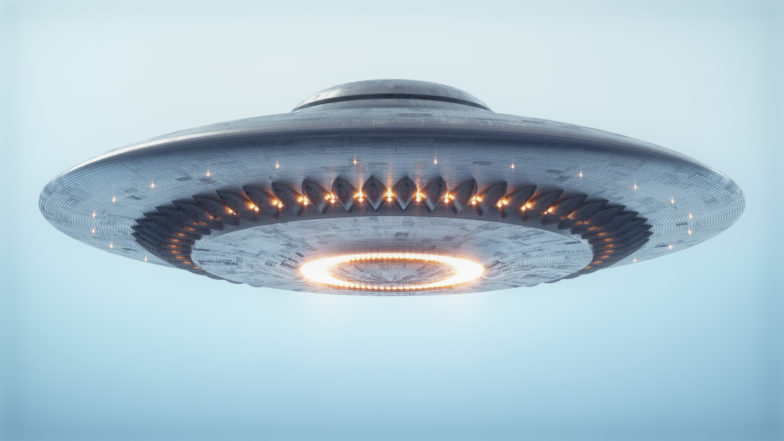Why Jupiter and Saturn Have No Twins
The rare planet doctrine—the conclusion that Earth has many unique, apparently designed, features that enable it to support life and in particular advanced life—is now well established within the scientific community.
Likewise, the discovery of over 300 extrasolar gas giant planets combined with spacecraft missions to explore the outer solar system is beginning to establish the rare gas giant planet system doctrine.
In the August 22, 2008 Science News Flash podcast, I reported on a claim made by a team of astronomers that HD 154345b was a Jupiter twin.1 HD 154345b, which orbits the star HD 154345, is the only known extrasolar planet that comes anywhere close to manifesting the characteristics of Jupiter. However, it is far from being able to make possible the existence of planet capable of sustaining advanced life. For example, HD154345b is too close to its star and it lacks a gas giant partner like Saturn. (For why gas giant planetary companions are essential for advanced life to exist, see my book The Creator and the Cosmos. 2) A new set of theoretical models for planet formation explains why the solar system’s array of gas giant planets is so rare.3
Depending on their birthing circumstances, many medium- and small-sized stars, richly endowed with elements heavier than helium, will form a disk of gas and dust during their first few million years of existence. Detailed numerical simulations of this process showed that if the disk mass is low and the disk viscosity high, the disk will produce no gas giant planets at all. On the other hand, if the mass is high and the viscosity low, the disk will produce numerous gas giant planets with most, if not all, the gas giant planets undergoing significant inward migration and acquiring large eccentricities in their orbits. During and after planet formation, the chaos generated by the migration and eccentricities results in many of the planets either being ejected from the planetary system or being absorbed into the star.
The simulations demonstrated that a set of gas giant planets akin to Jupiter, Saturn, Uranus, and Neptune requires exquisite fine-tuning. For one, the time required for the first gas giant planet to form in the system must equal the time for gas and dust to be depleted from the disk (plus a specified tiny time difference). Thus, naturally forming planetary systems will rarely, if ever, duplicate our solar system’s array of gas giant planets.
These computer simulations were the most detailed performed to date. They were the first giant planet formation simulations to deliver results that matched the statistics of all the planets discovered beyond the solar system. This outcome confirmed the basic reliability of the simulation. Thus, it shows that natural processes alone are unlikely to produce the advanced-life essential properties manifested in Jupiter, Saturn, Uranus, and Neptune. Evidently, the solar system’s collection of gas giants was exquisitely designed by a supernatural, super-intelligent Creator in order to provide a bountiful home on Earth for human beings.
Endnotes
- J. T. Wright et al., “The Jupiter Twin HD 154345b,” Astrophysical Journal Letters 683 (August 10, 2008): L63 – L66.
- Hugh Ross, The Creator and the Cosmos, 3rd ed. (Colorado Springs: NavPress, 2001), 183, 192.
- Edward W. Thommes, Soko Matsumura, and Frederic A. Rasio, “Gas Disks to Gas Giants: Simulating the Birth of Planetary Systems,” Science 321 (August 8, 2008): 814 – 17.






